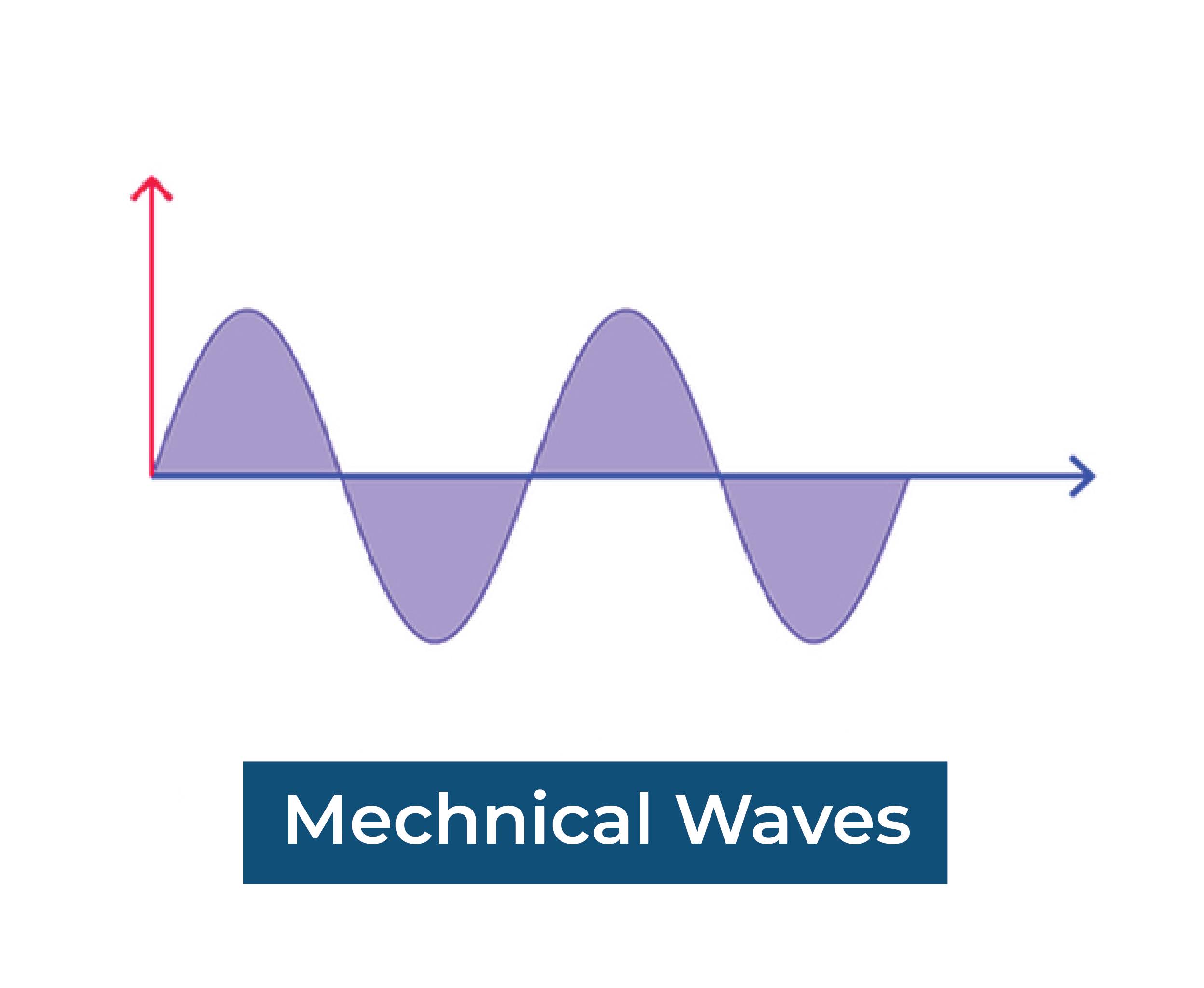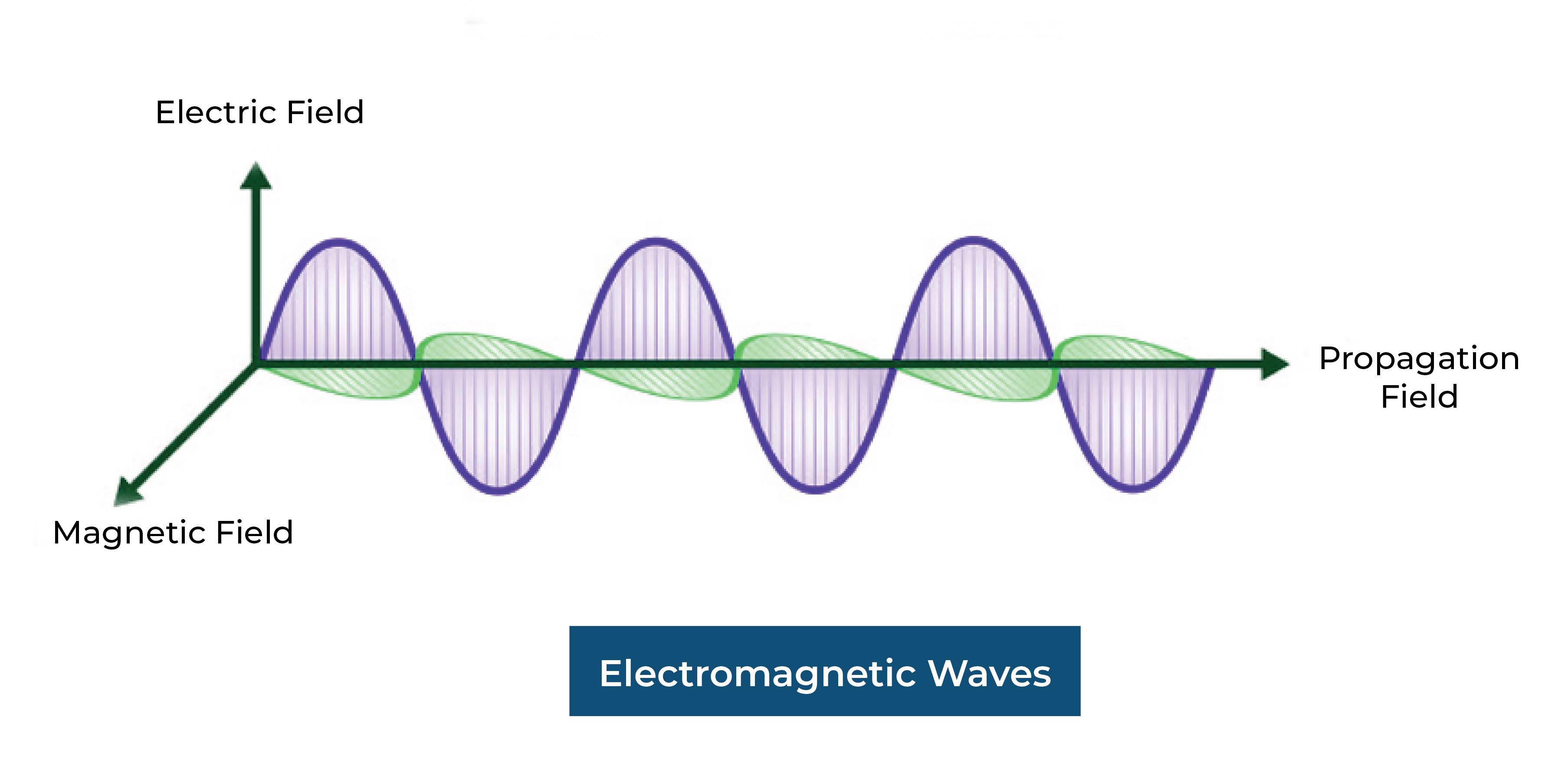Types of Waves
Grade 7 Science Worksheets
A wave is a disturbance that travels through a medium, such as water or air, and transfers energy from one place to another. A wave does not transfer matter, but it does transfer energy.
Table of Contents:
- Types of Waves
- Mechanical Waves
- Electromagnetic Waves
- FAQs
Types of Waves - Grade 7 Science Worksheet PDF
This is a free printable / downloadable PDF worksheet with practice problems and answers. You can also work on it online.
|
Untimed | |
Sign up with your email ID to access this free worksheet.
"We really love eTutorWorld!"
"We really love etutorworld!. Anand S and Pooja are excellent math teachers and are quick to respond with requests to tutor on any math topic!" - Kieran Y (via TrustSpot.io)
"My daughter gets distracted easily"
"My daughter gets distracted very easily and Ms. Medini and other teachers were patient with her and redirected her back to the courses.
With the help of Etutorworld, my daughter has been now selected in the Gifted and Talented Program for the school district"
- Nivea Sharma (via TrustSpot.io)
Types of Waves
Think about when you drop a pebble into a calm lake. Ripples spread out from the point where the pebble hit the water, and these ripples are an example of a wave. The energy from the pebble’s fall is transferred through the water, causing the ripples to move away from the point of impact.
Another example of a wave is a sound wave. Sound waves travel through the air, and they are created by vibrations in a solid, liquid, or gas. For example, when you play a musical instrument, the vibrations of the strings or reeds cause sound waves to travel through the air and reach your ear.
Waves can also have different properties, such as wavelength, frequency, and amplitude.
Wavelength is the distance between two peaks of a wave, frequency is the number of waves that pass a fixed point in a given time period, and amplitude is the height of a wave from its midpoint to its highest peak.
These properties help to describe and understand different types of waves, such as light waves and radio wave
Waves can be categorized into: Mechanical Waves and Electromagnetic Waves.
Mechanical Waves
Mechanical waves are waves that require a medium, such as a solid, liquid, or gas, to transfer energy from one place to another. Unlike electromagnetic waves, which can travel through a vacuum, mechanical waves cannot travel through a vacuum because they need a medium to transfer energy.

Two common examples of mechanical waves are sound waves and ocean waves.
Sound waves are created by vibrations in a solid, liquid, or gas and travel through the air to reach our ears. For example, when you speak, the vibrations of your vocal cords cause sound waves to travel through the air and reach someone’s ear.
Ocean waves are created by the wind blowing over the surface of the water. The wind creates ripples that grow into larger waves, which can travel across the ocean. When the waves reach the shore, they transfer their energy to the shore, causing the water to move up and down, creating the waves that you see at the beach.
These are just two examples of mechanical waves, but there are many others, such as seismic waves, which are created by earthquakes, and surface waves, which are created by objects moving across the surface of a liquid.
“There have been times when we booked them last minute, but the teachers have been extremely well-prepared and the help desk at etutorworld is very prompt.
Our kid is doing much better with a higher score.”
7th Grade Tutoring
eTutorWorld offers Personalized Online Tutoring for Math, Science, English, and Standardised Tests.
Our Tutoring Packs start at just under $21 per hour, and come with a moneyback guarantee.
Schedule a FREE Trial Session, and experience quality tutoring for yourself. (No credit card required.)
Electromagnetic Waves
Electromagnetic waves are waves that don’t need a medium, such as a solid, liquid, or gas, to transfer energy. Instead, they can travel through a vacuum, which means they can travel through empty space.

Electromagnetic waves are made up of oscillating electric and magnetic fields that are perpendicular to one another and to the direction of wave propagation. The motion of charged particles creates these fields, and they transfer energy through space.
There are many types of electromagnetic waves, including radio waves, microwaves, infrared radiation, visible light, ultraviolet radiation, X-rays, and gamma rays.
Here are a few examples of electromagnetic waves that you might be familiar with:
Radio Waves: These are the longest electromagnetic waves and are used for communication, such as in radio and television broadcasting.
Microwaves: These are used for communication and for cooking food in a microwave oven.
Infrared Radiation: This is the type of electromagnetic wave that gives off heat, such as from a stove or a radiator.
Visible Light: This is the type of electromagnetic wave that our eyes can see, such as from the sun or a light bulb.
Ultraviolet Radiation: This is the type of electromagnetic wave that can cause sunburns and is also used in black lights.
X-rays: These are used to see inside the body, such as in medical X-rays.
Gamma Rays: These are the shortest electromagnetic waves produced by nuclear reactions.
These are just a few examples of the many different types of electromagnetic waves. Each type of electromagnetic wave has a different wavelength and frequency, which determines its properties and how it interacts with matter.
Do You Stack Up Against the Best?
If you have 30 minutes, try our free diagnostics test and assess your skills.
Types of Waves FAQs
What are the different types of waves?
There are two main types of waves: mechanical waves and electromagnetic waves. Mechanical waves require a medium to transfer energy, while electromagnetic waves can travel through a vacuum. Within these two categories, there are many subtypes, such as sound waves, ocean waves, seismic waves, radio waves, microwaves, infrared radiation, visible light, ultraviolet radiation, X-rays, and gamma rays.
What is the difference between mechanical waves and electromagnetic waves?
Mechanical waves require a medium to transfer energy, while electromagnetic waves can travel through a vacuum. Mechanical waves are created by the vibration of a solid, liquid, or gas, while electromagnetic waves are created by the motion of charged particles.
How do electromagnetic waves differ from one another?
Each type of electromagnetic wave has a different wavelength and frequency, which determines its properties and how it interacts with matter. For example, radio waves have a longer wavelength and a lower frequency than X-rays, which have a shorter wavelength and a higher frequency.
How do electromagnetic waves interact with matter?
Electromagnetic waves can interact with matter in different ways, depending on the type of electromagnetic wave and the type of matter it encounters. For example, visible light can pass through transparent materials, such as glass, but is absorbed by opaque materials, such as a wall. X-rays can penetrate some materials, such as skin, but are absorbed by denser materials, such as bones.
Can mechanical waves travel through a vacuum?
No, mechanical waves cannot travel through a vacuum because they require a medium to transfer energy.

Kathleen Currence is one of the founders of eTutorWorld. Previously a middle school principal in Kansas City School District, she has an MA in Education from the University of Dayton, Ohio. She is a prolific writer, and likes to explain Science topics in student-friendly language. LinkedIn Profile
Affordable Tutoring Now Starts at Just $22.49
eTutorWorld offers affordable one-on-one live tutoring over the web for Grades K-12. We are also a leading provider of Test Prep help for Standardized Tests (SCAT, CogAT, MAP, SSAT, SAT, ACT, ISEE, and AP).
What makes eTutorWorld stand apart are: flexibility in lesson scheduling, quality of hand-picked tutors, assignment of tutors based on academic counseling and diagnostic tests of each student, and our 100% money-back guarantee.
Whether you have never tried personalized online tutoring before or are looking for better tutors and flexibility at an affordable price point, schedule a FREE TRIAL Session with us today.
*There is no purchase obligation or credit card requirement
Grade 7 Science Worksheets
- Elements and Compounds
- Solar Energy
- Photosynthesis
- Electricity and Magnetism
- Law of conservation of energy
- Periodic table
- Properties of Matter
- Waves
- Energy Resources
- Weather and Climate
- Immune, Circulatory and Digestive Systems
- Organs in Multi-cellular Organism
- Sedimentary, Igneous, and Metamorphic Rocks
- Structure of the Earth
- Law of Conservation of Mass
- Physical and Chemical Changes
- Scientific Method
- Human Digestive System
- Environmental Science
- Renewable and Non-renewable energy Resources
- Characteristics of Living Organisms
- Life Science
- Earth and Space Science
- Solar Eclipse
- Heat Technology
- Newton’s Laws of Motions
- Physical Science
- Tools, Measurement and SI Units
- Earth Atmosphere
- Interactions of Living things
- The Earth Ecosystem
- Organelles in Plant and Animal cells
- Layers of the Earth
- Cycles in Nature
Grade 7 Math Worksheets
- Fractions
- Linear equations word problems
- Statistics
- Properties of Parallel Line
- Finding slope from an equation
- Identifying Quadrilaterals
- Percent Change
- Properties of addition and multiplication
- Pythagorean Theorem
- Solving two step inequalities
- Symmetry
- Fractions to Decimals (New)
- Whole Number Exponents with Integer Bases (New)
- Adding and Subtracting Fractions (New)
- Integer Addition and Subtraction (New)
- Dividing Mixed Numbers (New)
- Basics of Coordinate Geometry (New)
IN THE NEWS

Our mission is to provide high quality online tutoring services, using state of the art Internet technology, to school students worldwide.
Online test prep and practice
SCAT
CogAT
SSAT
ISEE
PSAT
SAT
ACT
AP Exam
Science Tutoring
Physics Tutoring
Chemistry Tutoring
Biology Tutoring
Math Tutoring
Pre-Algebra Tutoring
Algebra Tutoring
Pre Calculus Tutoring
Calculus Tutoring
Geometry Tutoring
Trigonometry Tutoring
Statistics Tutoring
Quick links
Free Worksheets
Fact sheet
Sales Partner Opportunities
Parents
Passive Fundraising
Virtual Fundraising
Our Expert Tutors
Safe and Secure Tutoring
Interactive Online Tutoring
After School Tutoring
Elementary School Tutoring
Middle School Tutoring
High School Tutoring
Home Work Help
Math Tutors New York City
Press
©2022 eTutorWorld Terms of use Privacy Policy Site by Little Red Bird
©2022 eTutorWorld
Terms of use
Privacy Policy
Site by Little Red Bird










